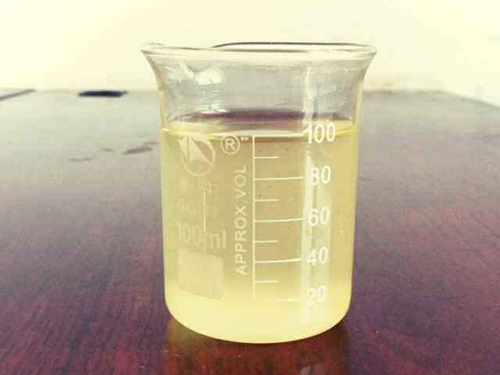Types of Flocculants Utilized in Water Treatment Processes
The Role of Flocculants in Water Treatment
Water treatment is a crucial process in ensuring access to clean and safe drinking water and managing wastewater. Among the various methods and chemicals employed in the purification of water, flocculants are essential substances that facilitate the removal of suspended particles, colloids, and impurities from water. This article explores the importance of flocculants in water treatment, their types, mechanisms of action, and their impact on water quality.
What are Flocculants?
Flocculants are chemical agents that promote the aggregation of fine particles in a liquid, enabling them to settle out of suspension. When mixed with water, these substances help form larger clumps, or flocs, which can then be more easily removed through sedimentation, filtration, or other separation processes. Flocculants are widely used in various water treatment applications, such as drinking water purification, wastewater treatment, and industrial effluent management.
Types of Flocculants
Flocculants can be classified into several categories, primarily based on their chemical composition
1. Inorganic Flocculants These include aluminum sulfate (alum), ferric chloride, and polyaluminum chloride (PAC). Inorganic flocculants are effective in destabilizing colloidal particles due to their ability to provide positive charges, which neutralize the negative charges on suspended particles.
2. Organic Flocculants These are typically synthetic polymers like polyacrylamides. They can be cationic, anionic, or nonionic, depending on their ionic character. Organic flocculants are favored for their high efficiency and ability to form large, dense flocs, which can be beneficial in various water treatment processes.
3. Natural Flocculants Derived from natural sources, these include substances like starches and guar gum. Natural flocculants are increasingly being explored as eco-friendly alternatives to synthetic chemicals, especially in regions where environmental sustainability is a priority.
flocculants used in water treatment

Mechanism of Action
The action of flocculants in water treatment typically involves two main mechanisms charge neutralization and agglomeration. When flocculants are added to water, they interact with suspended particles, neutralizing their charges. As these particles lose their electrical repulsion, they begin to adhere to one another, forming larger aggregates. These flocs then settle at the bottom of the treatment vessel or can be removed through filtration, resulting in clearer and cleaner water.
Benefits of Using Flocculants
1. Improved Water Quality The primary benefit of flocculants is the significant improvement in water quality. By removing suspended solids and impurities, flocculants reduce turbidity and enhance the aesthetic and safety characteristics of water.
2. Efficiency and Cost-effectiveness Flocculants can increase the efficiency of water treatment processes, enabling faster sedimentation and reducing the need for additional filtration steps. This can lead to lower operational costs and reduced energy consumption.
3. Adaptability Different types of flocculants can be employed to suit specific water treatment conditions and contaminants. This adaptability allows for tailored solutions in various environments, from municipal water treatment plants to industrial operations.
Conclusion
Flocculants play a vital role in water treatment processes, facilitating the removal of contaminants and improving overall water quality. With a variety of types available, including inorganic, organic, and natural flocculants, water treatment facilities can select the most appropriate agents based on specific needs and environmental considerations. As the demand for clean water continues to rise globally, the effective use of flocculants will remain a key component in providing safe drinking water and managing wastewater efficiently.
-
Understanding Polycarboxylic Acids: Properties, Applications, and Future PotentialNewsJul.28,2025
-
Scale Inhibitor Explained: How to Protect Your System from Limescale and Hard Water DamageNewsJul.28,2025
-
Scale and Corrosion Inhibitors: Essential Chemicals for Industrial Water System ProtectionNewsJul.28,2025
-
Polyaspartic Acid: A Biodegradable Polymer for Sustainable ChemistryNewsJul.28,2025
-
Isothiazolinones: A Versatile Antimicrobial Class with Industrial Power and Regulatory ChallengesNewsJul.28,2025
-
A Deep Dive into 2-Phosphonobutane-1,2,4-Tricarboxylic Acid (PBTC)NewsJul.28,2025





